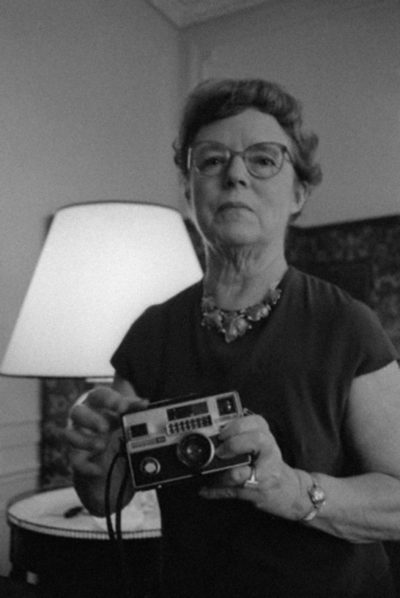Alma Reville (Alma Lucy Reville)

Alma Reville was born in Nottinghamshire, the second daughter of Matthew Edward and Lucy Reville (née Owen). The family moved to London when Reville was young, as her father got a job at Twickenham Film Studios; Reville often visited her father at work and eventually got a job there as a tea girl. At 16, she was promoted to the position of cutter, which involved assisting directors in editing the motion pictures. Reville continued to work there as a script writer and a director’s assistant. These roles enabled her to contribute and become involved with a part of filmmaking that very few women had access to at the time. The studio closed in 1919, but Alma Reville was given a job at Paramount’s Famous Players-Lasky, an American motion picture company in Islington, where she met her husband, Alfred Hitchcock. The same company gave him a job as a graphic designer before he became an art editor. Alma Reville worked on British films with such directors as Berthold Viertel and Maurice Elvey, though her main focus was her husband’s work. The first film Reville worked on with Hitchcock was in 1923 when Hitchcock received the role of assistant director for the film Woman to Woman. Reville had just lost her job from the studios, so Hitchcock hired her as an editor. She converted to Roman Catholicism from Protestantism before their marriage. Alma was just one day younger than her husband. They married on 2 December 1926 at Brompton Oratory in London. Their daughter Patricia Hitchcock was born on 7 July 1928. She became Hitchcock’s collaborator and sounding board, with a keen ear for dialogue and an editor’s sharp eye for scrutinising a film’s final version for continuity flaws so minor they had escaped Hitchcock and his crew’s notice. It was Reville who noticed Janet Leigh inadvertently breathing after her character’s fatal encounter with Norman Bates’s mother in Psycho (1960), necessitating an alteration to the negative.
Throughout the half-century of Alma Reville’s marriage to Alfred Hitchcock, the couple worked alongside each other. She reportedly heavily influenced his work with her opinion but received less credit. Peggy Robertson, hired to be Hitchcock’s assistant, noticed how much work Reville was doing for her husband and said that the amount of work that Reville contributed should have amounted to co-authorship.[citation needed] She produced many film treatments as well as working on many of Hitchcock’s scripts, including Rebecca, Foreign Correspondent (1940), Suspicion (1941) and Saboteur (1942). Alma Reville co-wrote The Ring in 1927; that was the first screenwriting credit she shared with Hitchcock. Her ambition made her want to become a director herself[citation needed] but the birth of her daughter, Patricia Alma Hitchcock, on 7 July 1928, and their move to the U.S. changed her plans. Hitchcock hired Joan Harrison in 1935 as his assistant, and she took over many of Reville’s jobs within the production. Therefore Reville focused primarily on preparing and adapting her husband’s scripts.
There were many scripts on which Alma Reville worked with her husband in Hollywood. She collaborated with Joan Harrison to create the script for Suspicion, which was completed on November 28, 1940. They worked on the script in the Hitchcocks’ home in Bel Air as Hitchcock preferred writing within a comfortable and intimate environment rather than an office. Alma Reville, Lady Hitchcock, died at the age of 82, two years after Hitchcock’s death. She was portrayed actresses Imelda Staunton in The Girl (2012), and Helen Mirren in Hitchcock (2012). Staunton was nominated for a BAFTA and a Primetime Emmy for her performance, while Mirren was nominated for a BAFTA, Golden Globe and Screen Actors Guild Award.
Born
- August, 14, 1899
- United Kingdom
- Nottingham, Nottinghamshire, England
Died
- July, 06, 1982
- USA
- Bel Air, Los Angeles, California
Other
- Cremated



